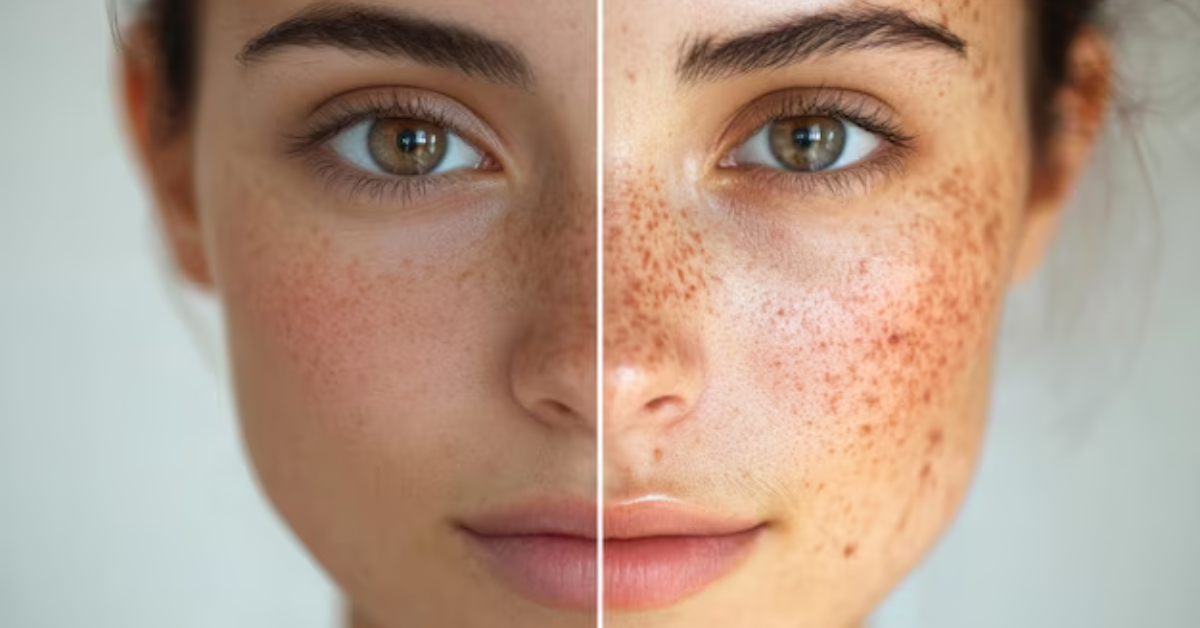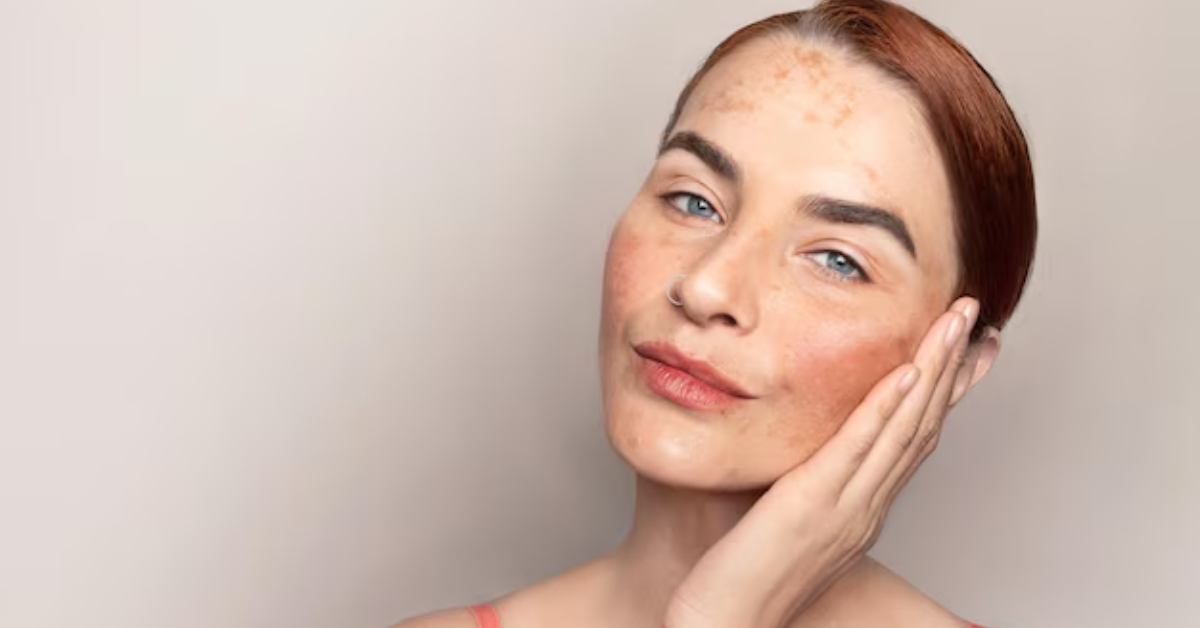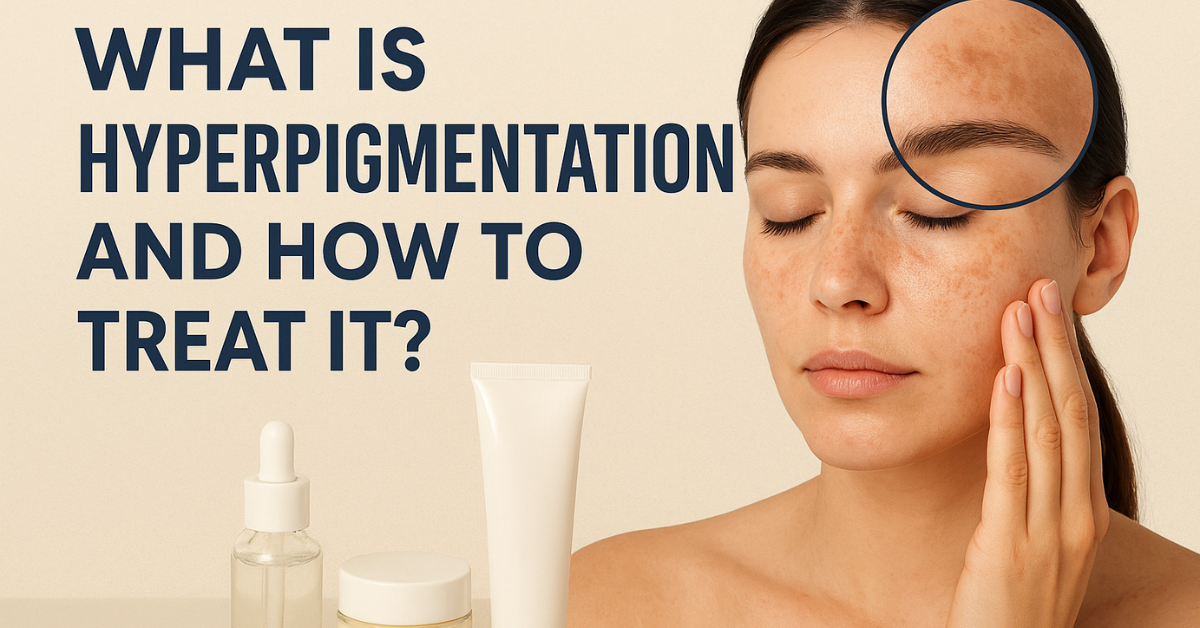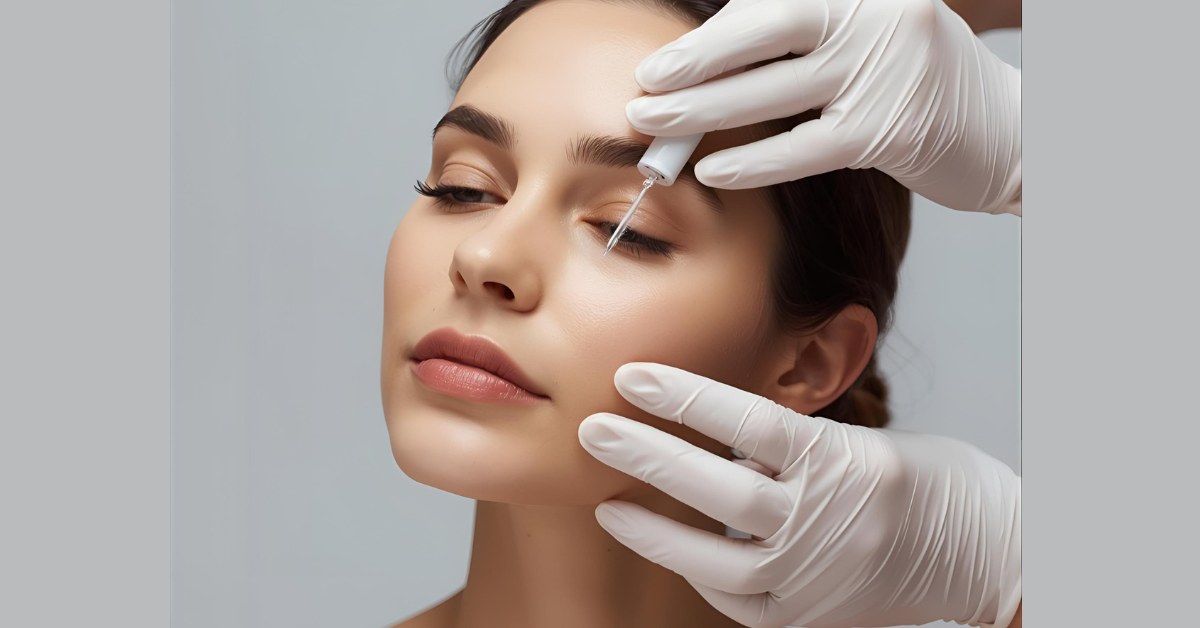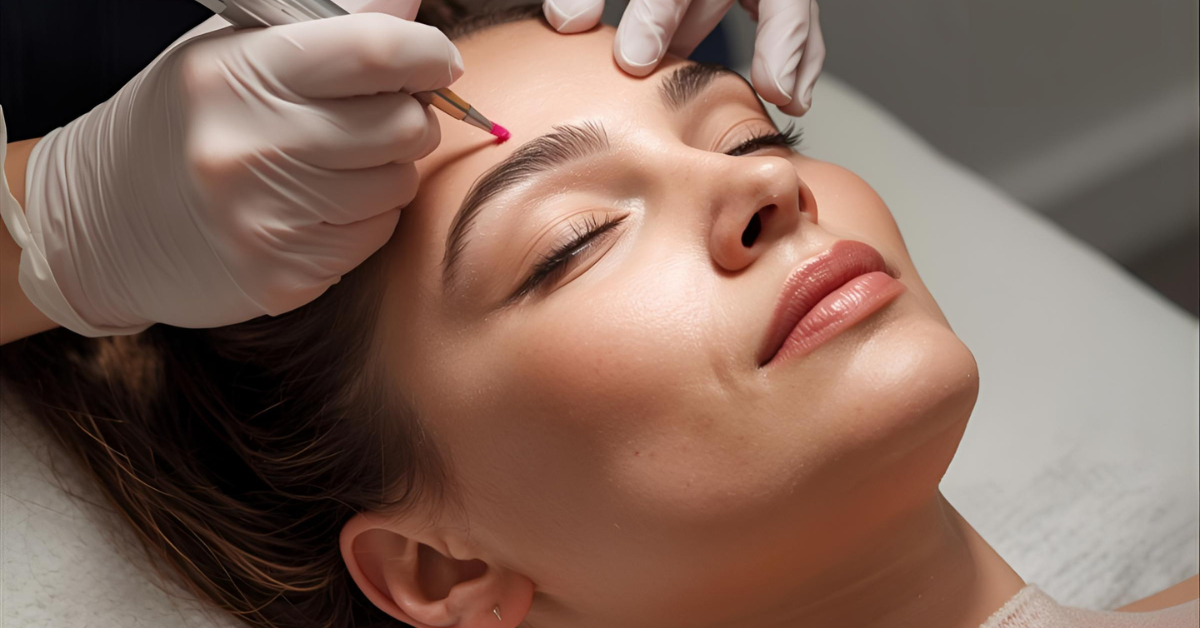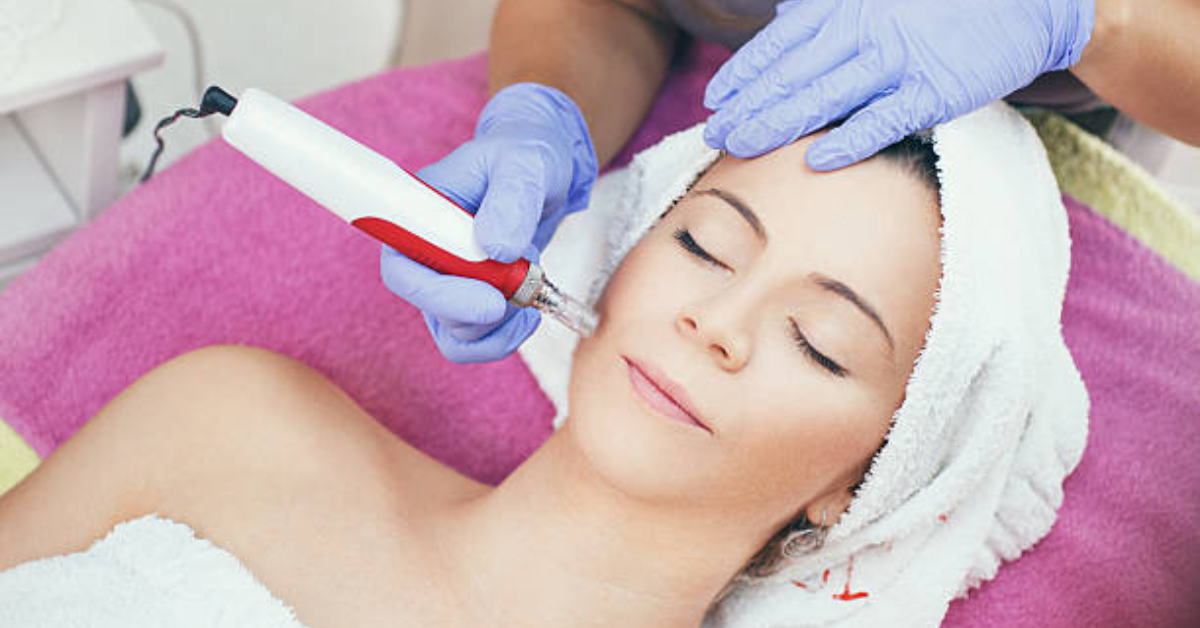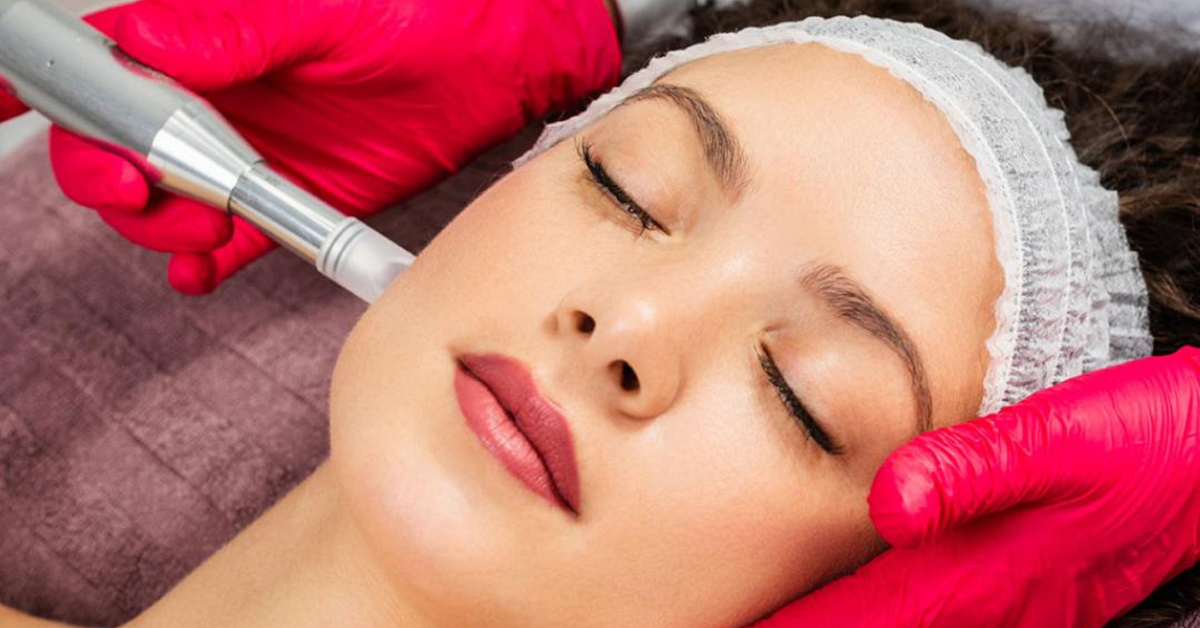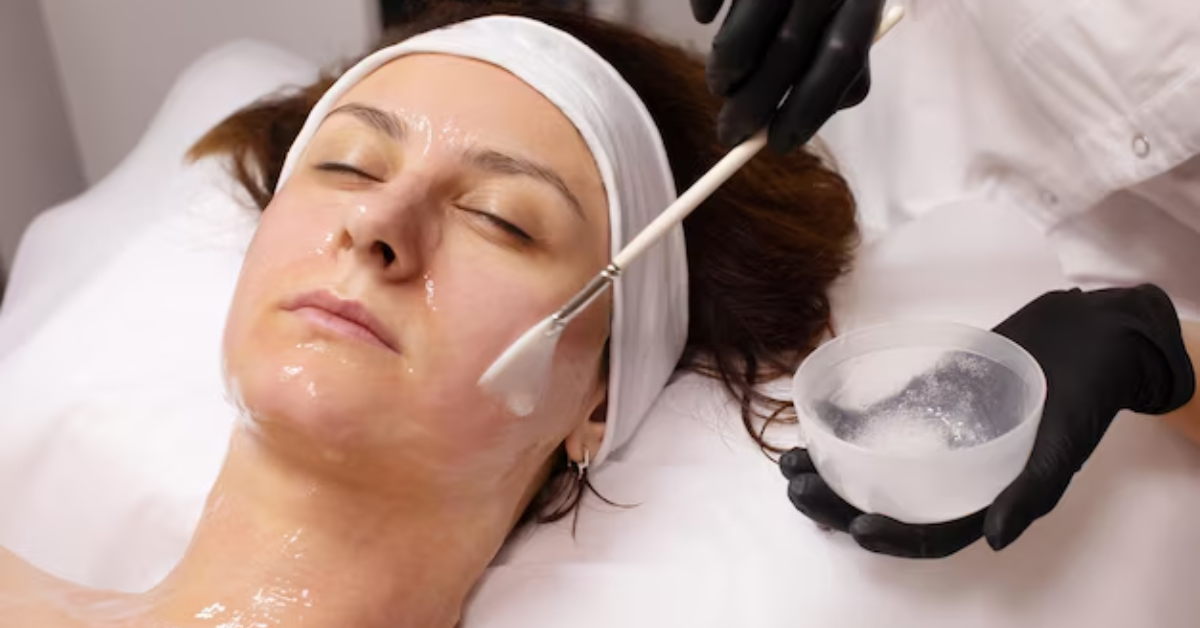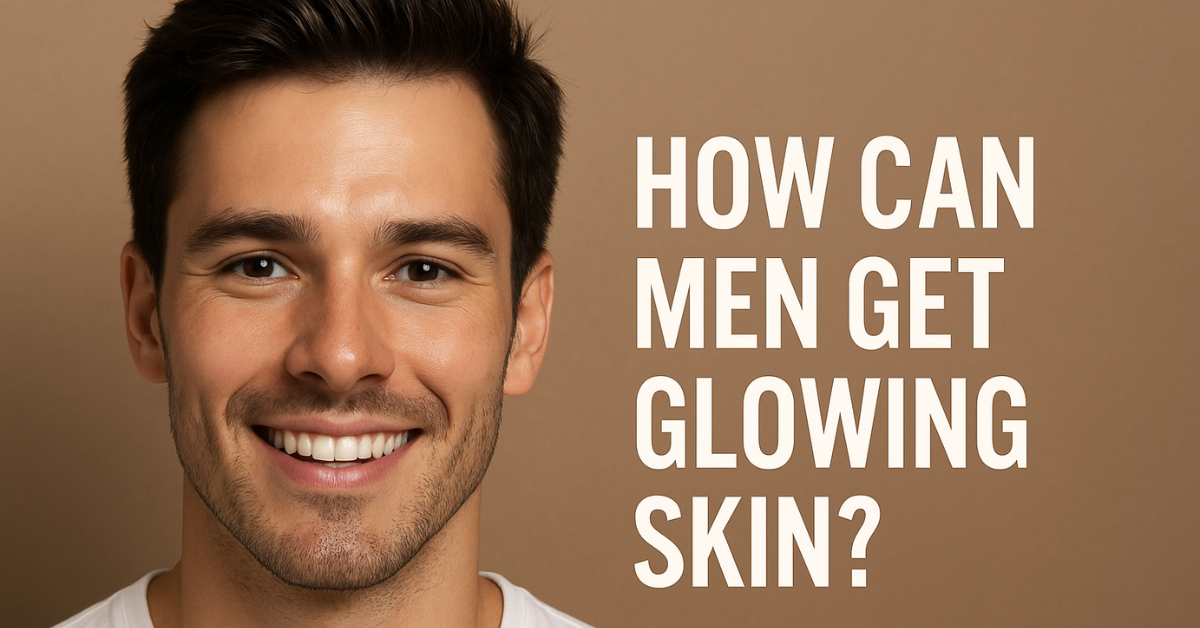Are Hydrafacials Worth It?
Hydrafacials have been gaining a lot of attention in the skincare world for their promise of glowing, healthy skin with no downtime. But are they really worth the hype, or are they just another passing trend? The answer depends on your skin goals and expectations, but for many people, hydrafacials offer an effective solution to various skin concerns, including hydration, exfoliation, and anti-aging. In this article, we’ll explore the benefits, process, and considerations that can help you decide whether a hydrafacial is a worthy addition to your skincare routine.
What Exactly Is a Hydrafacial?
A hydrafacial is a non-invasive, multi-step facial treatment designed to cleanse, exfoliate, extract impurities, and hydrate the skin. Unlike traditional facials, it uses a specialized machine that delivers hydrating serums while simultaneously vacuuming out dirt and oil from the pores. The result is deeply cleansed, moisturized skin that feels refreshed and looks brighter.
Hydrafacials are suitable for almost all skin types and can be tailored to address specific concerns like acne, fine lines, hyperpigmentation, and dryness. The treatment usually lasts around 30 to 60 minutes and involves minimal discomfort, making it a convenient option for those with busy lifestyles.
How Does a Hydrafacial Work?
The hydrafacial treatment consists of several steps, all performed using a specialized device with different attachments:
- Cleansing and Exfoliation:
First, the skin is thoroughly cleansed, removing any makeup, dirt, and oil. A mild exfoliation follows, which gently removes dead skin cells, helping to reveal a smoother surface underneath. - Gentle Acid Peel:
A light acid peel is applied next, using ingredients like glycolic or salicylic acid to loosen debris trapped deep in the pores. Unlike traditional peels, this step is mild and doesn't cause peeling or redness, making it suitable for sensitive skin. - Extraction:
A vacuum-like tool is then used to painlessly extract blackheads, whiteheads, and excess oils from the skin. This step provides a deep cleanse without the discomfort of manual extractions often associated with traditional facials. - Hydration and Serum Infusion:
The final step involves infusing the skin with a mix of hydrating serums rich in antioxidants, peptides, and hyaluronic acid. These ingredients help nourish the skin, boost hydration, and improve the overall texture and tone.
The Benefits of Hydrafacials | Why People Love Them
Hydrafacials have become a popular choice because they offer a range of immediate and long-term skin benefits. Here are a few reasons why many people find them worth the investment:
- Instant Glow:
After just one session, many individuals notice an immediate improvement in their skin’s radiance and texture. The exfoliation and hydration process leaves the skin looking and feeling refreshed, making it a great pre-event treatment. - Customizable for Different Skin Types:
Whether you have dry, oily, combination, or sensitive skin, hydrafacials can be adjusted to suit your needs. The treatment is versatile enough to address issues like acne, uneven skin tone, and signs of aging by incorporating specific serums and boosters. - Hydration Boost:
One of the most notable benefits of a hydrafacial is its ability to deeply hydrate the skin. The infusion of hyaluronic acid, a powerful moisturizing ingredient, helps to plump and soften the skin, making it ideal for those who suffer from dryness or dehydration. - Non-Irritating and Painless:
For individuals with sensitive skin or those who find traditional facials too harsh, hydrafacials are a gentler alternative. The vacuum-assisted extractions are painless, and the entire process is designed to be non-irritating, with no redness or downtime afterward. - Improved Skin Texture and Clarity:
Regular hydrafacial treatments can help improve skin texture over time by encouraging cell turnover and promoting healthy skin renewal. The deep cleansing process also helps minimize the appearance of large pores, leaving the skin looking smoother and more even.
Are There Any Downsides?
While hydrafacials offer many advantages, they aren’t without some potential downsides:
- Cost: Hydrafacials can be relatively expensive, with individual sessions ranging from $150 to $300, depending on the clinic and location. If you’re considering regular treatments, the costs can quickly add up, making it a potentially costly investment in the long run.
- Temporary Results: Although the immediate results are impressive, hydrafacial effects are not permanent. To maintain glowing, hydrated skin, multiple treatments are recommended. For those looking for more lasting solutions, other skincare treatments might be better suited.
- Not a Solution for Major Skin Issues: While hydrafacials are great for general maintenance and minor skin concerns, they may not be sufficient for addressing more severe issues like deep wrinkles, scarring, or significant hyperpigmentation. In such cases, more intensive treatments like laser therapy or chemical peels might offer better results.
Who Should Consider Getting a Hydrafacial?
Hydrafacials are an excellent option for individuals who want to improve their skin’s health and appearance without undergoing invasive procedures. The treatment is particularly beneficial for:
- People with Dehydrated or Dry Skin:
The hydration aspect of the hydrafacial makes it ideal for those with skin that needs a moisture boost. The infusion of serums helps to combat dryness and leaves the skin feeling soft and supple. - Individuals with Dull or Uneven Skin Tone:
Exfoliation and deep cleansing help brighten the complexion, making hydrafacials a good choice for those dealing with dull skin or uneven pigmentation. - Those with Acne-Prone Skin:
The extraction process effectively clears clogged pores, which can reduce the frequency of breakouts. Additionally, the use of salicylic acid during the treatment helps control excess oil and prevent future acne. - Anyone Preparing for a Special Occasion:
If you have an important event coming up, a hydrafacial can give your skin an immediate boost, making it look radiant and refreshed.
Final Thoughts | Is a Hydrafacial Worth the Investment?
In summary, hydrafacials are a worthwhile treatment for many people, especially those seeking immediate results with no downtime. They offer a range of benefits, from hydration and exfoliation to improved skin tone and texture, all in a gentle, non-invasive manner. While the cost can be a consideration, many individuals find the instant glow and long-term skin health improvements worth the price. If you're looking for a quick, effective skincare treatment that leaves your skin looking fresh and radiant, hydrafacials are definitely worth trying. Ultimately, whether a hydrafacial is worth it depends on your skincare goals, budget, and expectations. If you're looking for a luxurious, customizable treatment with minimal side effects, it could be the perfect addition to your skincare routine.

